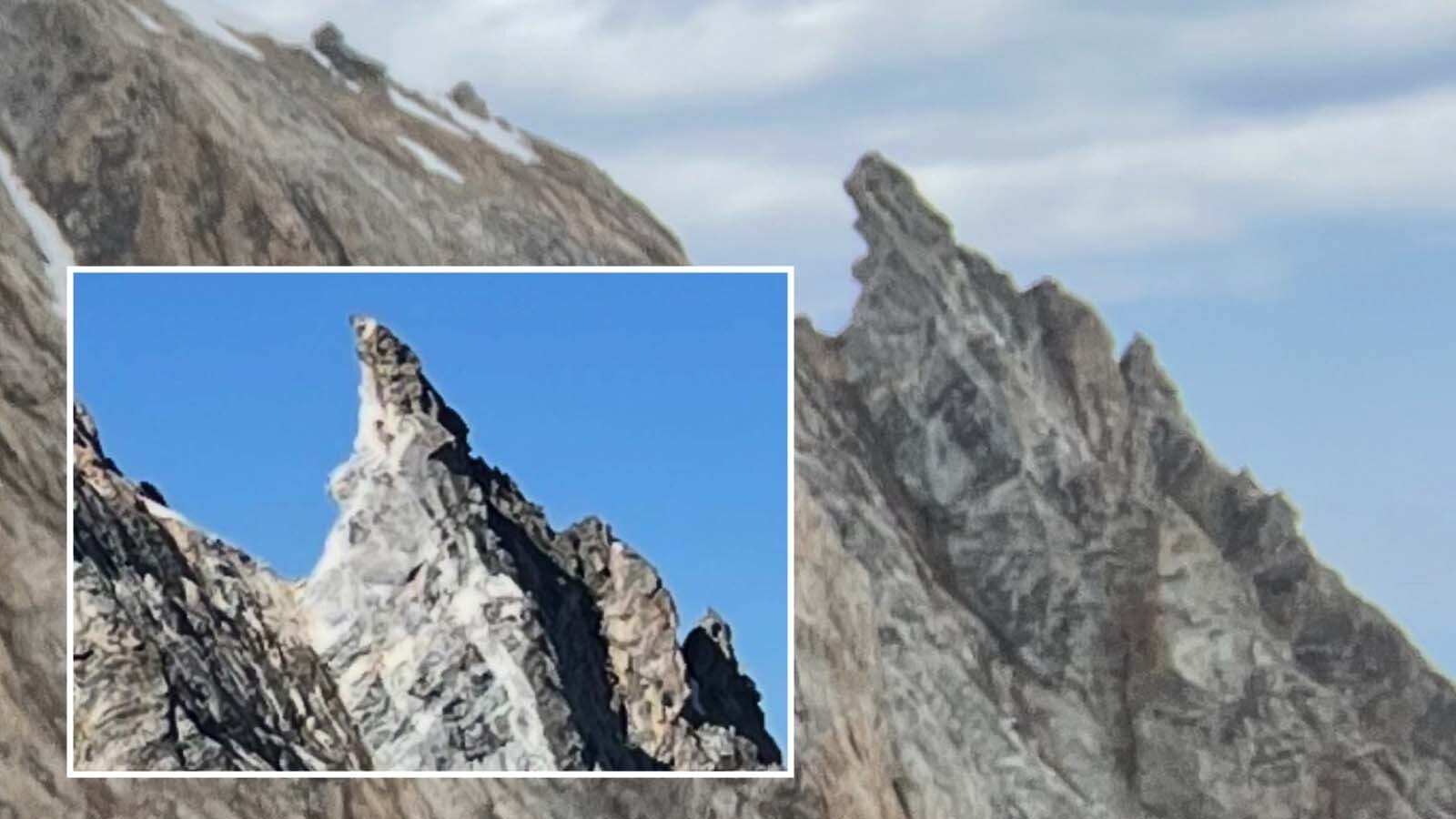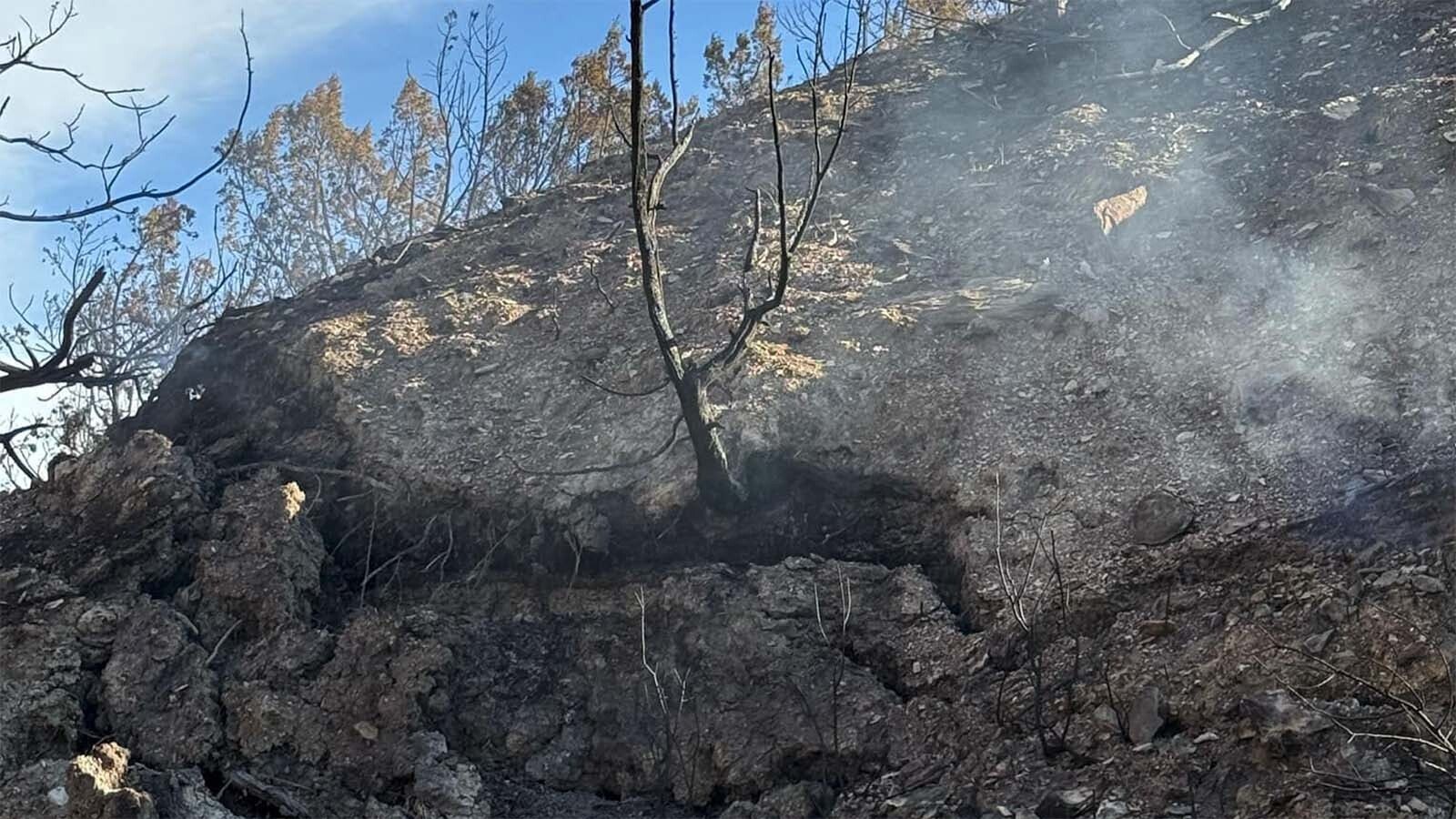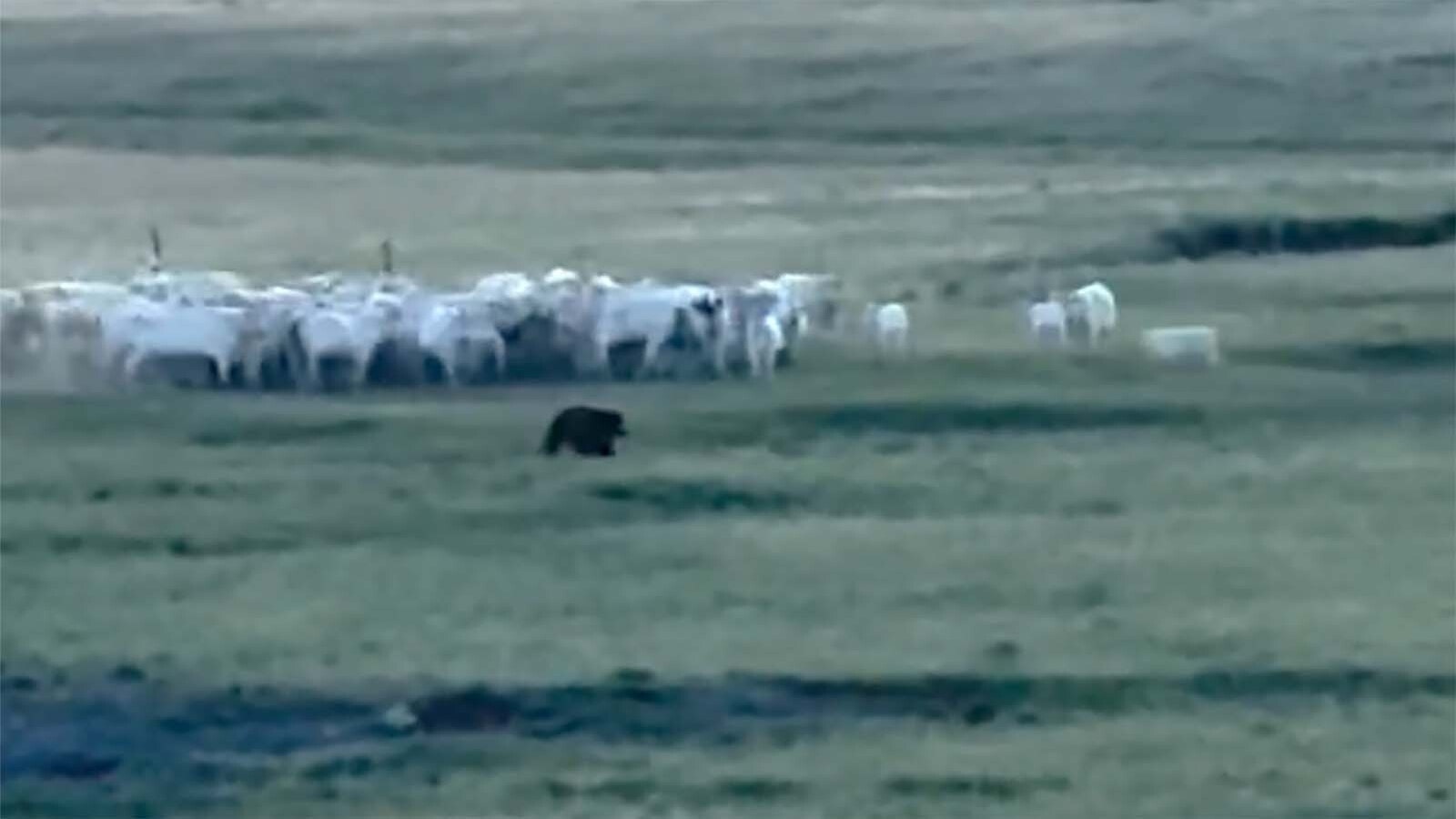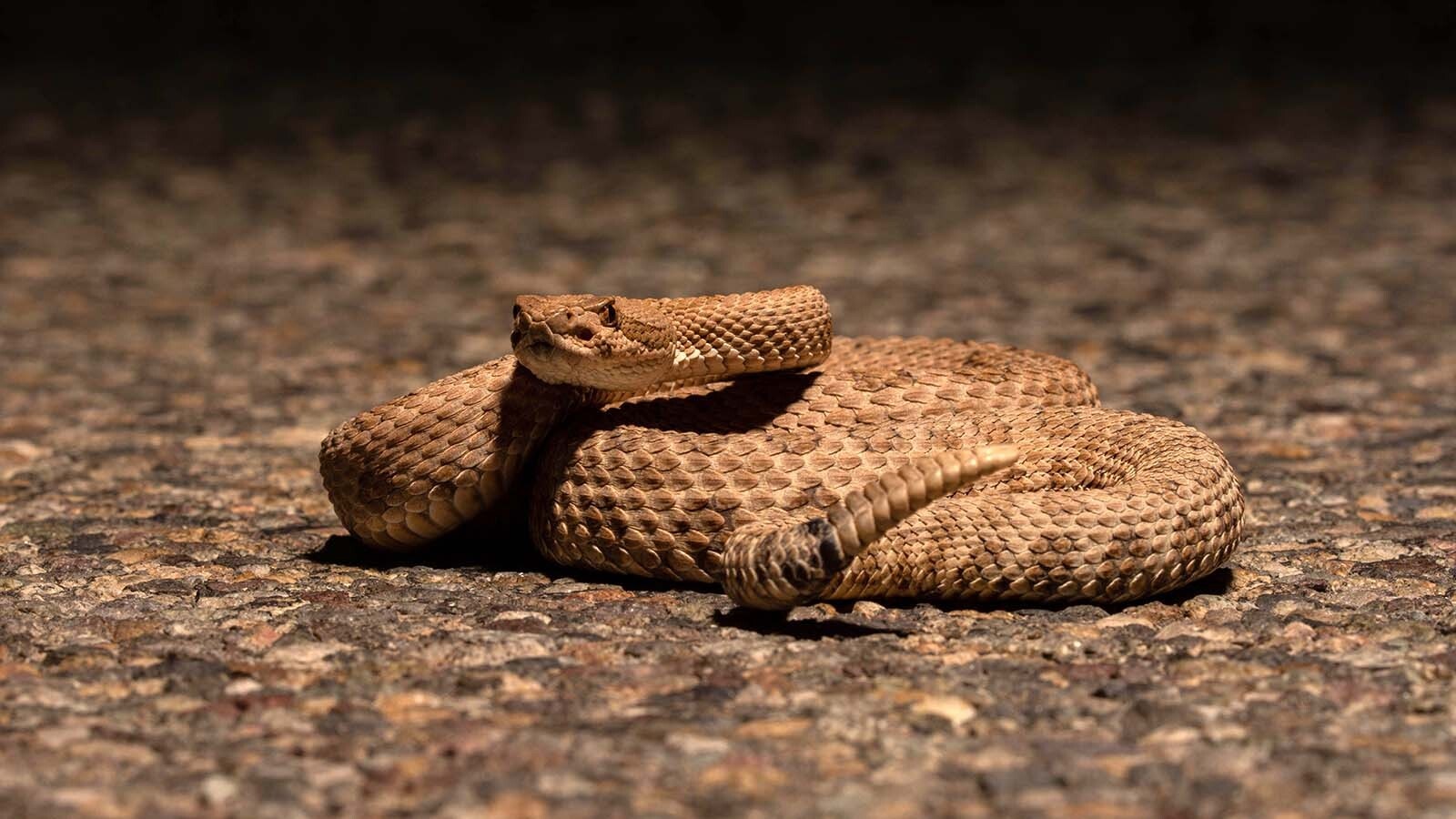State Game and Fish agents are preparing for the grim task of counting wildlife carcasses killed by raging wildfires in northern Wyoming that have burned more than 350,000 acres so far.
Game and Fish personnel were going into burned areas “where safe to do so” this week to search for carcasses and to kill any suffering deer, elk or antelope they might encounter, according to the agency’s Sheridan region office.
But with most of the worst fire areas still inaccessible Friday, wildlife officials said it might take a while before they could tally up the dead and get a good picture of the fires’ effects on wild animal populations.
Some antelope have already been killed, according to one eyewitness account.
Johnson County rancher Tyler Scales told Cowboy State Daily on Friday that, “I’ve seen dead antelope, antelope walking around burning.”
Even so, some Wyoming hunters said that while at least a few wildlife casualties are inevitable, they’re not too concerned about a fiery big game apocalypse.
“I have some good friends who are wildland firefighters, and they’ve told me stories about coming across burned animals occasionally,” outdoorsman and Park County resident Guy Eastman told Cowboy State Daily on Friday.
“But I’ve never heard them talk about mass death, like coming up to the head of a drainage and finding a pile of hundreds of dead animals that got trapped and couldn’t get away from the fire,” he added. “Wildlife is usually pretty good at getting out of the fire’s way.”
Hunting Areas Affected
As of Sunday, wildfires across northern Wyoming had burned more than 430,000 acres and were still going strong.
Blazes are burning in Johnson, Sheridan, Teton, Fremont and Campbell counties with the House Creek Fire measuring as the largest with 175,000 acres burned. The Remington Fire in northern Sheridan County has pushed up into Montana and grown to about 130,000 acres.
With some archery seasons already underway, the House Creek Fire was impacting several deer, antelope and elk hunting areas, according to Game and Fish.
Elk hunt area 129, antelope hunt areas 16 and 22, and deer hunt areas 26 and 29 have been affected, Game and Fish stated.
Archery antelope hunting season opened across the state on Aug. 15 with many elk and deer archery hunts set to open on Sept. 1.
Rifle hunting seasons typically start later, in mid-October or early November.

Good Hunting, But Nothing Spectacular
The burned areas are in some solid Wyoming hunting territory, but hardly the Cowboy State’s best, Eastman and avid hunter Nic George of Sheridan both said.
George told Cowboy State Daily that he’s hunted deer in some of the areas now ablaze.
“In that area, spot-and-stalk, honestly, is a little more difficult,” he said. “You’re not looking 400 yards away to see deer, you’re looking miles away.”
It’s mostly mule deer territory. And while there are some decent-sized bucks there, it’s not known for huge trophies, he added.
Eastman agreed. For years, he’s helped run his family’s business, Eastmans' Publishing Inc., a Powell-based media company that specializes in stories and videos about fair chase Western big game trophy hunting.
It’s been his business to know where the best hunting spots are.
The wildfires are burning in areas known for good numbers of deer, elk and antelope. But those places typically don’t produce monster-sized bucks and bulls, Eastman said.
Also, much of the land there is private, so getting access to hunt can be a challenge, added Eastman, who has previously hunted antelope in some of the areas now on fire.
He doesn’t expect the wildfires to be a huge blow to Wyoming’s hunting, like the devastating winterkill of 2022-2023.
That brutal winter killed thousands of animals in what Eastman at the time described as some of the most premier antelope hunting areas in the world.
Fires Can Make Hunting Better
Although the short-term outlook in the fire-ravaged areas is grim, and some wildlife will be killed, the fires will make things better in the long run, George and Eastman said.
Fire can have a cleansing effect on the landscape improve the forage that big game animals eat, George said.
“That’s how things regenerate, through fire,” he said.
Eastman said old burn areas can be magnets for big game animals in the seasons that follow.
The forage frequently grows back greener, more tender and packed with nutrients, he said.
The Fish Creek Fire burning in the Bridger-Teton National Forest in northwest Wyoming could be one such example, Eastman said.
He previously hunted an old wildfire-burn area there and “it was just filthy with elk,” he said.
“Now it’s burning again,” and while that might ruin hunting in the short-term, it will likely make it even better in years to come,” Eastman said.
Mark Heinz can be reached at mark@cowboystatedaily.com.





